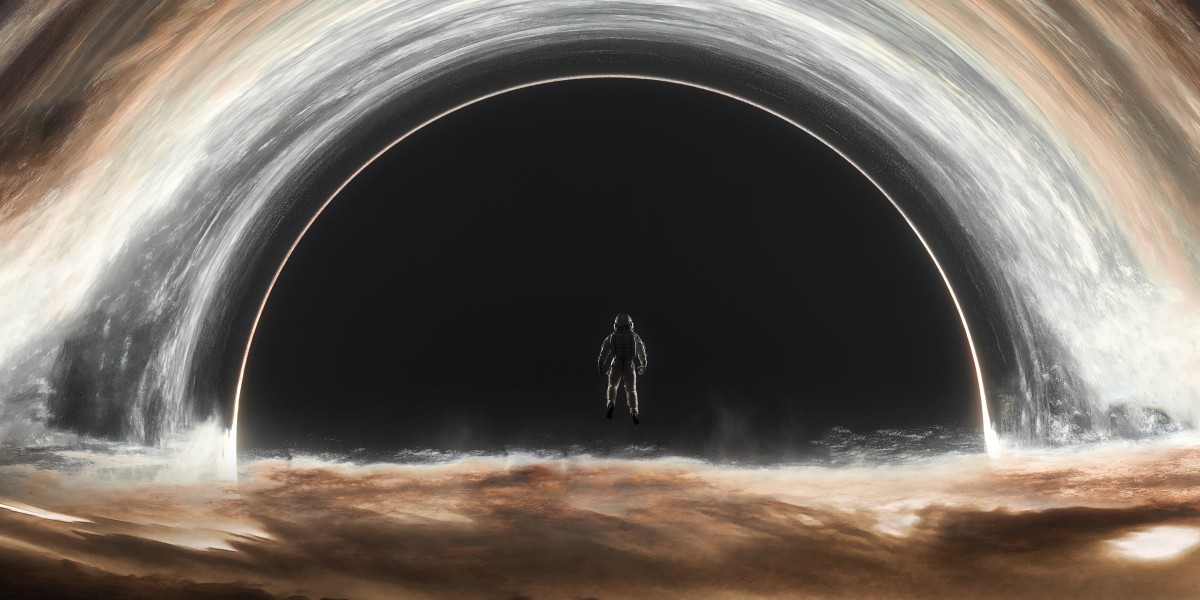When it comes to the world of gemstones, diamonds have long been hailed as the epitome of brilliance and sparkle. However, there is a gemstone that shines even brighter than diamonds - moissanite. In this article, we will delve into the science behind the sparkle of moissanite and explore why it outshines diamonds.
The Structure of Moissanite
Moissanite is a naturally occurring mineral that was first discovered by French chemist Henri Moissan in 1893. It is composed of silicon carbide (SiC), a compound made up of silicon and carbon atoms arranged in a crystal lattice structure. This unique structure is what gives moissanite its exceptional optical properties.
Unlike diamonds, which are made up of carbon atoms arranged in a cubic crystal lattice structure, moissanite has a hexagonal crystal lattice structure. This difference in structure leads to variations in how light interacts with the gemstone, resulting in differences in brilliance and sparkle.
The Refractive Index of Moissanite
One of the key factors that contribute to the superior sparkle of moissanite is its high refractive index. The refractive index measures how much light is bent, or refracted, as it passes through a material. The higher the refractive index, the more light is bent, resulting in increased brilliance.
Moissanite has a refractive index of 2.65-2.69, which is significantly higher than that of diamonds, which have a refractive index of 2.42. This means that moissanite bends light to a greater degree, allowing more light to be reflected back to the viewer's eye. As a result, moissanite exhibits a greater level of brilliance and sparkle compared to diamonds.
The Dispersion of Moissanite
Another factor that contributes to the exceptional sparkle of moissanite is its high dispersion. Dispersion refers to the ability of a gemstone to separate white light into its spectral colors. This is what creates the rainbow-like flashes of color that are often associated with diamonds and other gemstones.
Moissanite has a dispersion of 0.104, which is higher than that of diamonds, which have a dispersion of 0.044. This means that moissanite disperses light to a greater extent, resulting in more pronounced flashes of color. The combination of high refractive index and high dispersion gives moissanite its unique and captivating sparkle.
The Durability of Moissanite
In addition to its exceptional optical properties, moissanite also boasts impressive durability. It is one of the hardest gemstones, ranking 9.25 on the Mohs scale of hardness, just below diamonds which rank 10. This makes moissanite highly resistant to scratching and abrasion, ensuring that its sparkle remains intact for years to come.
Furthermore, moissanite is also highly resistant to heat, making it a suitable choice for jewelry that may be exposed to high temperatures. Unlike some other gemstones, moissanite does not easily chip or crack under extreme heat, further enhancing its durability and longevity.
Overall, the science behind the sparkle of moissanite is a fascinating subject. Its unique crystal lattice structure, high refractive index, and dispersion all contribute to its exceptional brilliance and sparkle. Combined with its impressive durability, moissanite shines brighter than diamonds in more ways than one.



